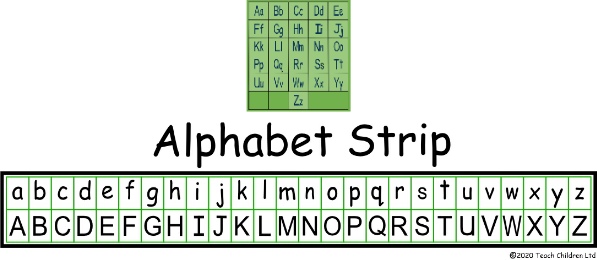
With the new school year well under way many new parents are being introduced to the world of phonics and the all the technical language associated with it. So we thought we would take this opportunity to demystify some of that technical language.
Phonics is the association of sounds (phonemes) to written alphabet letters (graphemes). For reading (decoding) the phonics coding system is used to convert the written word into sounds. For spelling (encoding) the same phonic coding system is used to covert sounds heard into letters to form written words.
Phonemic awareness is our ability to split words into their smallest sound units (individual phonemes) and to manipulate these sounds through segmentation, blending, substitution, re-ordering and deletion. This is based on what we hear and say, not the written word.
These are developed further later on when phonics is introduced, sound to letter association.
- Segmentation – being able to split words into their individual sounds, for example ‘cat’ into c-a-t.
- Blending – being able to blend individual sounds together to say a word, for example d-o-g into dog.
- Substitution – being able to swap one sound/letter association for another in a word, for example swapping the /k,(k)/ sound in the word ‘cat’ with a /h,(h)/ sound to say the word ‘hat’.
- Reordering – being able to swap the sounds/letter association around to create a new word, for example changing the order of the letters in the word ‘cat’ to form the new word ‘act’.
- Deletion (omission) – being able to remove a sound/letter association from a word to create a new word, for example removing the /t,(t)/ sound from the word ‘cart’ to say the new word ‘car’.
Good phonemic awareness is the vital skill required before phonics can be introduced successfully as a tool for learning to read and spell.
Watch our ‘Single Word Reading’ animation to see these manipulation skills in action: bit.ly/20JAHSa


